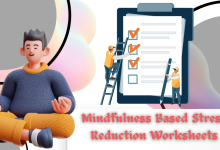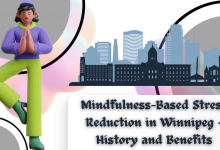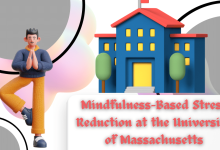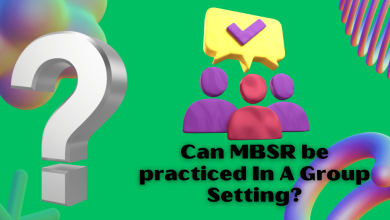How Many Sessions Are There In MBSR? – Quick Answer
The MBSR program typically consists of eight weekly sessions, each lasting around two and a half hours.
In addition to these weekly sessions, participants are encouraged to practice mindfulness on their own, for about 45 minutes per day, six days per week.
Moreover, the eight weekly sessions of MBSR are structured to introduce participants to mindfulness practices and help them develop a regular mindfulness practice.
Each session typically includes guided meditation, group discussion, and instruction on how to apply mindfulness to everyday life.
The Sessions In MBSR With Brief Explanation
Here is an overview of what is typically covered in each session of the MBSR program
Session 1
Orientation In the first session, participants are introduced to the concepts of mindfulness and stress reduction.
They learn about the physiological and psychological effects of stress on the body and mind.
They also learn about the benefits of mindfulness and how it can help them cope with stress.
Session 2
Perception and Automatic Pilot In the second session, participants learn about the automatic pilot, which refers to the tendency to operate on autopilot, without paying attention to the present moment.
They learn how to develop an awareness of their automatic patterns of thinking and behavior and how to apply mindfulness to break these patterns.
Session 3
Mindfulness of the Body In the third session, participants learn about mindfulness of the body, including techniques such as body scanning and mindful movement.
They learn how to tune into the sensations in their body and use them as a way to anchor their attention in the present moment.
Session 4
Coping with Stress In the fourth session, participants learn about the physiological and psychological effects of stress on the body and mind.
They learn about different coping strategies for managing stress, such as cognitive reframing and relaxation techniques.
Session 5
Communication and Relationships In the fifth session, participants learn about the role of communication and relationships in their well-being.
They learn how to use mindfulness to improve communication and develop more meaningful relationships.
Session 6
Mindfulness in Daily Life In the sixth session, participants learn how to apply mindfulness to their everyday activities, such as eating, walking, and working.
They learn how to cultivate a sense of mindfulness in their daily lives and how to integrate mindfulness into their routines.
Session 7
Working with Difficult Emotions In the seventh session, participants learn how to work with difficult emotions, such as anxiety and depression.
They learn how to approach these emotions with a sense of openness and curiosity, rather than trying to suppress or avoid them.
Session 8
Maintaining and Extending Your Practice In the final session, participants learn how to maintain their mindfulness practice and extend it beyond the eight-week program.
They learn about the benefits of ongoing mindfulness practice and are encouraged to continue practicing on their own.
In addition to the weekly sessions, participants in the MBSR program are encouraged to practice mindfulness on their own.
This involves setting aside time each day to practice mindfulness techniques, such as mindful breathing or body scanning.
Participants are typically encouraged to practice for around 45 minutes per day, six days per week.
Overall, the MBSR program is designed to provide participants with the tools and skills they need to develop a regular mindfulness practice and cope with stress and difficult emotions.
The eight-week program is structured to introduce participants to mindfulness techniques and help them develop a greater sense of self-awareness and emotional resilience.









